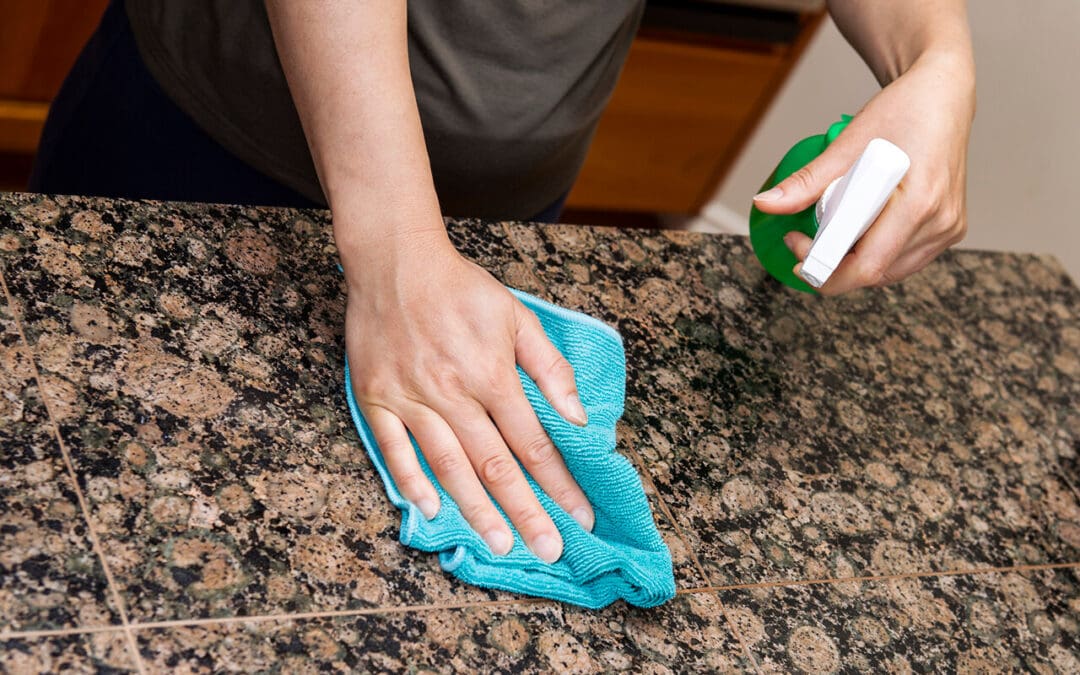As homeowners, we invest time and energy into making our houses safe, comfortable, and clean. Ironically, we often introduce hidden hazards in our pursuit of a spotless environment. Our everyday products, from the cleaning spray under the sink to the paint on the walls, contain chemicals in your home that impact indoor air quality and long-term health. Understanding where these chemicals lurk and how to mitigate their presence allows you to take informed, confident steps to create a healthy living space for you and your family.
Identifying Hidden Chemicals in Your Home
The journey to a healthier home starts with awareness. Many of the most common chemicals in your home come from surprising sources, not just obvious industrial products. Cleaning products are a major offender. Look out for ingredients like ammonia, phthalates, and chlorine bleach, which contribute to respiratory irritation and poor indoor air quality. Air fresheners, while making your home smell pleasant, often contain volatile organic compounds (VOCs) that mask odors and add unnecessary chemicals to the air. Instead of using conventional scented products, consider switching to simple solutions like baking soda, vinegar, or essential oils.
Beyond cleaning supplies, furniture, and building materials are contributing factors. Products made with composite wood, like certain cabinets or laminate flooring, may off-gas formaldehyde. Likewise, some older paints and carpets contain various VOCs released slowly over time, known as off-gassing. When buying new items, prioritize materials certified by organizations that test for low emissions.
Improving Ventilation and Air Quality
Once you know where chemicals in your home are coming from, the next step is managing the air itself. Ventilation is your most powerful tool. The air inside your home may be more polluted than the air outside because chemicals get trapped and concentrated. Simple ventilation practices will make a huge difference. Make it a habit to open windows regularly, even for just ten minutes a day, especially after cleaning, cooking, or using strong products like glue or paint. If you’re undertaking a renovation project, use fans to direct air outside, minimizing your exposure to high concentrations of VOCs.
A high-efficiency particulate air (HEPA) filter will help remove airborne particles, while carbon filters absorb gaseous pollutants and VOCs. Check the rating of your HVAC filter and aim for the highest Minimum Efficiency Reporting Value (MERV) rating your system can handle to guarantee it is effectively capturing microscopic particles and contaminants.
Taking Control of Chemicals in Your Home
Reducing the number of chemicals in your home doesn’t mean sacrificing cleanliness or comfort; it means making smarter choices at the store. Look for products that clearly list all their ingredients, not just vague terms like “fragrance.” The Environmental Working Group (EWG) and other consumer safety organizations offer valuable online databases that rate common household products based on their chemical safety profiles. Use these resources to identify lower-risk alternatives for everything from dish soap to laundry detergent.
Finally, empower yourself by exploring DIY solutions. Simple mixtures like vinegar and water can clean most hard surfaces effectively, while lemon juice and baking soda make a great natural scouring scrub. By adopting these alternatives, you gain complete control over the ingredients you introduce into your environment, confidently guaranteeing that a clean home is also a healthy home.
Inspect OC offers professional home inspections in Southern California. Contact us to schedule an inspection today.
